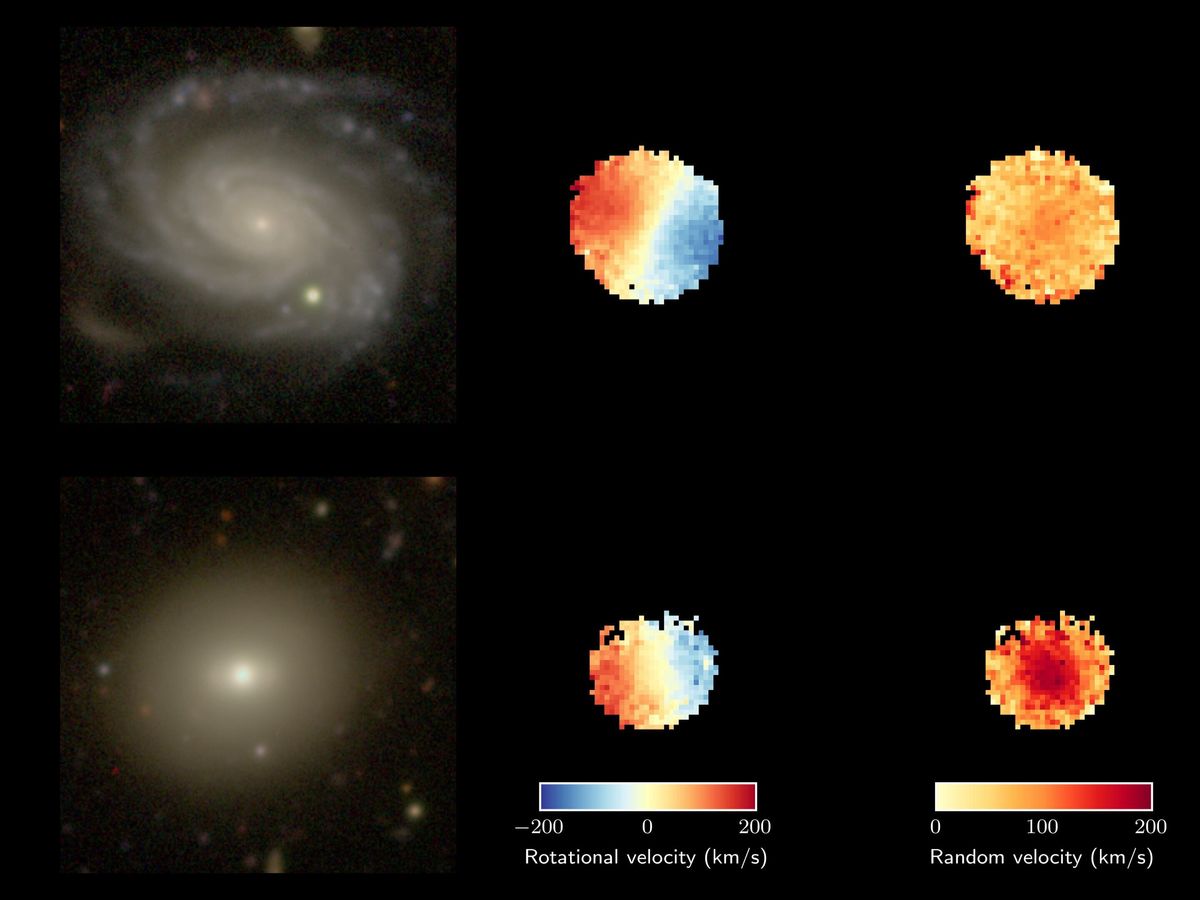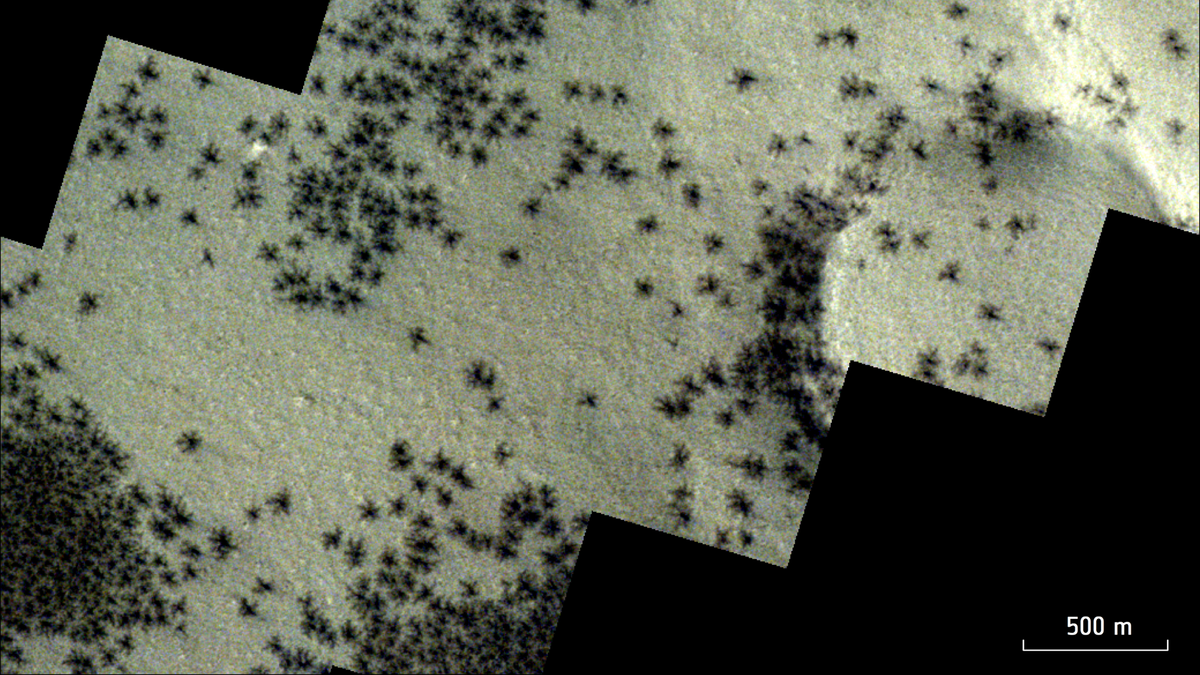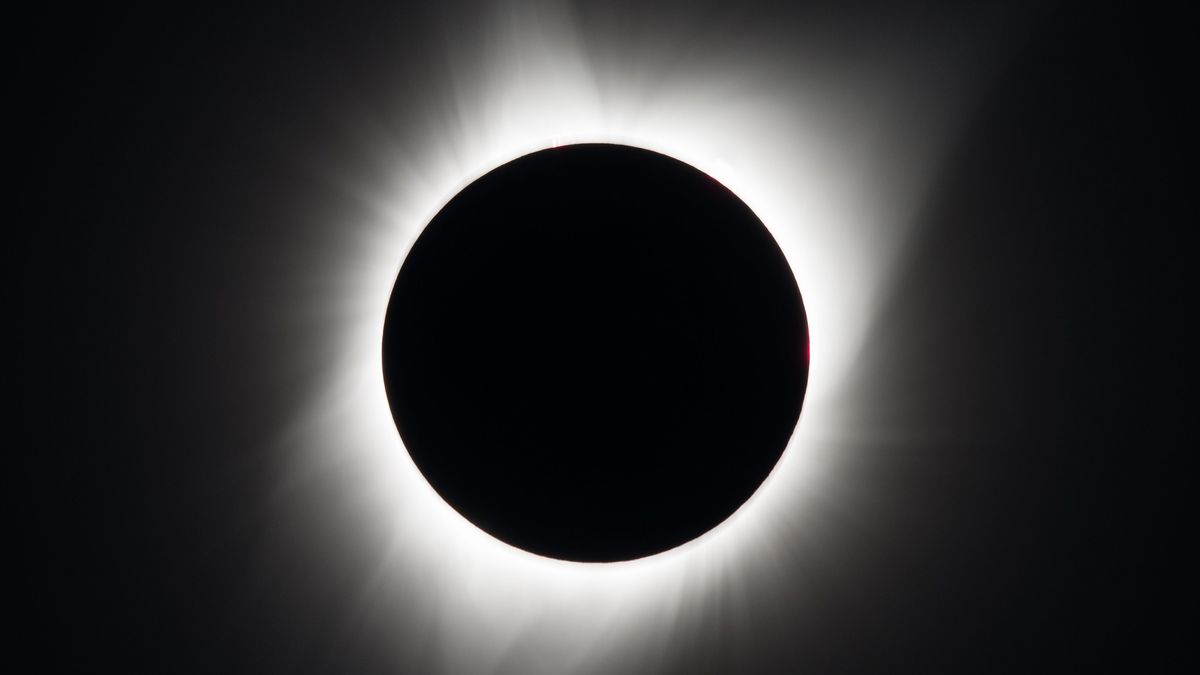The Evolution of Galaxies and Random Stellar Motions
An intriguing discovery in recent astronomical research has shed light on the relationship between the evolution of galaxies and the random motions of their constituent stars. This new insight has provided a deeper understanding of the aging process of galaxies, offering clarity on a fundamental aspect of galactic dynamics.
Galactic Orbits and Age
One of the fascinating revelations from this study is the correlation between the level of chaos in stellar orbits and the maturity of a galaxy. While our own sun traces a nearly circular path around the center of the Milky Way galaxy, other galaxies exhibit a greater degree of randomness in the motions of their stars. This randomness is particularly evident in older galaxies, where stars follow varied orbits with different velocities and angles relative to the galactic plane.
The motion of stars in a galaxy’s thin disk, where star formation primarily occurs, plays a crucial role in shaping the galaxy’s overall dynamics. Collisions between molecular gas clouds that give rise to new stars influence the orbital patterns of stars, leading to a more ordered system with lower velocity dispersion. Conversely, galaxies with high velocity dispersion display a higher prevalence of random star orbits.
The Role of Age in Galactic Dynamics
Contrary to previous assumptions that a galaxy’s mass and its surrounding environment were the primary factors influencing stellar motions, the latest research emphasizes the significance of a galaxy’s age. Age, in this context, refers to the star-forming activity of a galaxy rather than its chronological existence. Young galaxies, characterized by ongoing star formation, tend to exhibit rotational patterns in their stellar orbits, while older galaxies with ceased star formation display more random motions.
This study highlights that age is a critical determinant of a galaxy’s dynamics, regardless of its mass or environmental conditions. As galaxies age, the cessation of star formation and the interaction with their surroundings contribute to the development of more chaotic stellar orbits. The findings challenge previous notions and underscore the intricate relationship between a galaxy’s evolutionary stage and its stellar dynamics.
Implications for Galactic Evolution
The insights provided by this research have far-reaching implications for our understanding of galactic evolution. By analyzing a diverse sample of galaxies across different ages, masses, and environments, the researchers have elucidated the underlying mechanisms driving random stellar motions in older galaxies. Through observations conducted as part of the SAMI Galaxy Survey, a comprehensive exploration of galactic dynamics has been undertaken, leading to valuable insights published in the Monthly Notices of the Royal Astronomical Society.
In conclusion, the study underscores the pivotal role of age in shaping the dynamics of galaxies, shedding new light on the intricate interplay between star formation, environmental influences, and stellar motions. By unraveling the mysteries of galactic evolution, astronomers have deepened our knowledge of the cosmos and expanded our understanding of the universe’s complexity.
Image/Photo credit: source url





